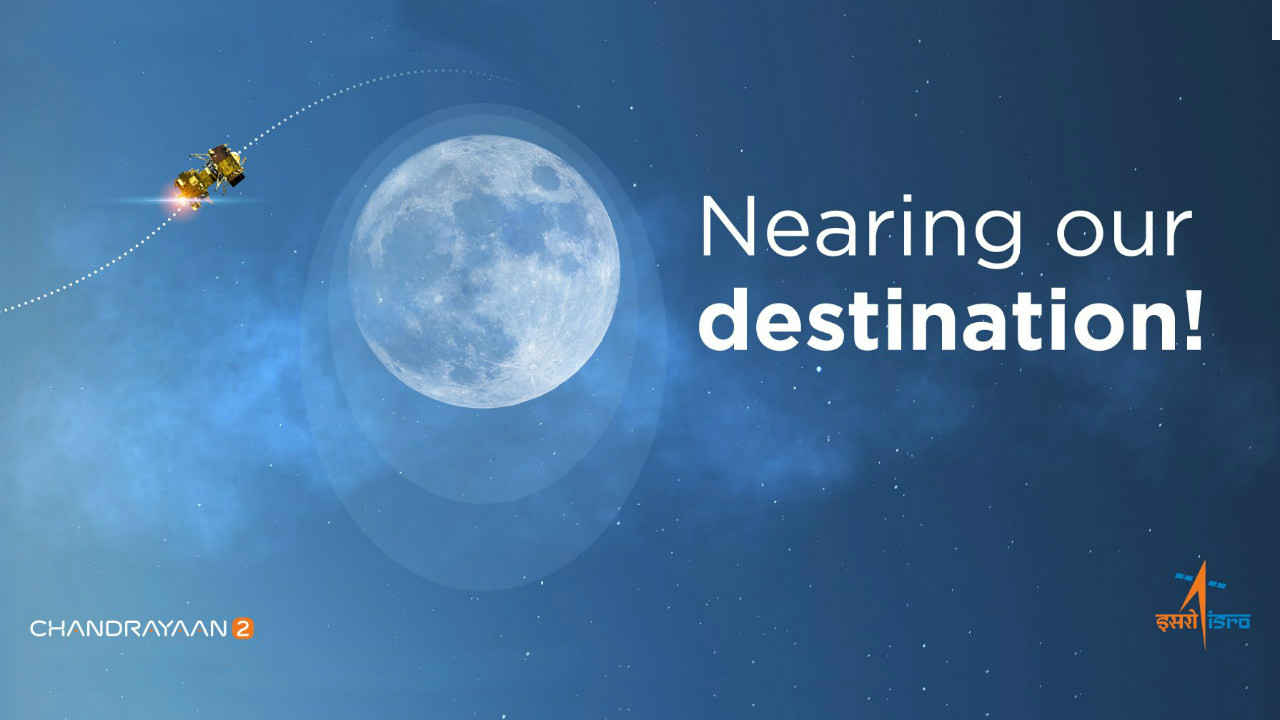Chandrayaan-2 will soon perform a lunar landing, watch live stream here

Vikram Lander has separated from Chandrayaan-2 and entered the independent orbits around the Moon
Vikram lander’s tentative touchdown is scheduled between 1:30 am to 2:30 am on September 7.
Vikram will land between two craters: Manzinus C and Simpelius N on the South Pole.
ISRO believes that the Lunar South Pole holds nearly 100 million tons of water.
After performing a successful fifth and final lunar orbital manoeuvre, Chandrayaan-2 is all set to land on the surface of Moon. Indian Space Research Organisation (ISRO) will be the first space agency to soft-land on the Moon’s South Polar Region. As of September 6, the lunar lander Vikram has separated from the spacecraft and entered an independent orbit around the Moon. ISRO has informed the public that Vikram lander’s tentative touchdown is scheduled between 1:30 am to 2:30AM on September 7.
ISRO will study the surroundings and wait for the lunar dust to settle before the Pragyan rover rolls out from the Vikram Lander, at around 6AM. The Vikram lander and Pragyan rover are expected to uncover the mysteries of the South Polar region of the Moon. You can watch the live stream here:
ISRO Chairman K Sivan termed the soft-landing as “15 terrifying minutes.” Vikram will land 71 degrees south of Moon's equator and 32.8 degrees east. It will land between two craters: Manzinus C and Simpelius N on the South Pole. Interestingly, these craters have been untouched by sunlight for billions of years. Hence, these craters are cold and expected to contain fossils of the early Solar System. They could also provide important information that would help astronomers unlock the key in solving the question of how our solar system was formed.
Moreover, ISRO believes that the Lunar South Pole holds nearly 100 million tons of water. Moreover, Moon's South Pole has permanently shadowed craters, and the water is in the form of ice there. Apart from water, other minerals are also believed to present there. The Moon’s regolith has a layer of unconsolidated solid material that is covering its bedrock that has traces of methane, sodium, mercury, hydrogen, ammonia, and silver that makes the South Pole an untapped source of essential resources.
You can read more about Chandrayaan-2, right here.




